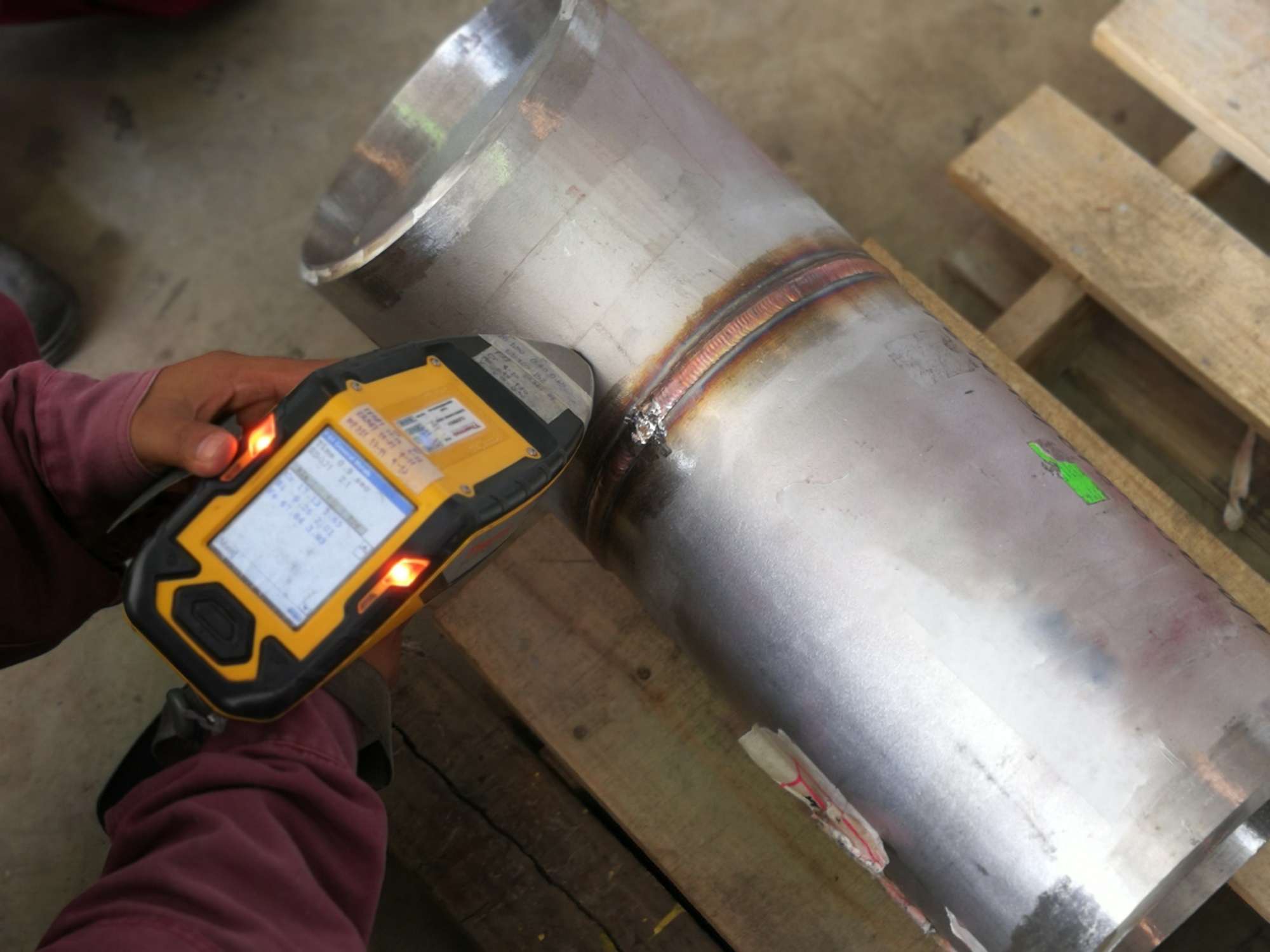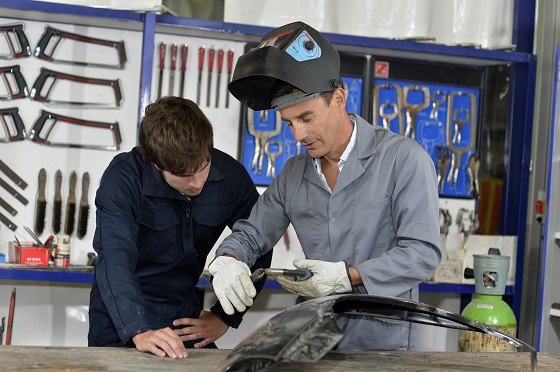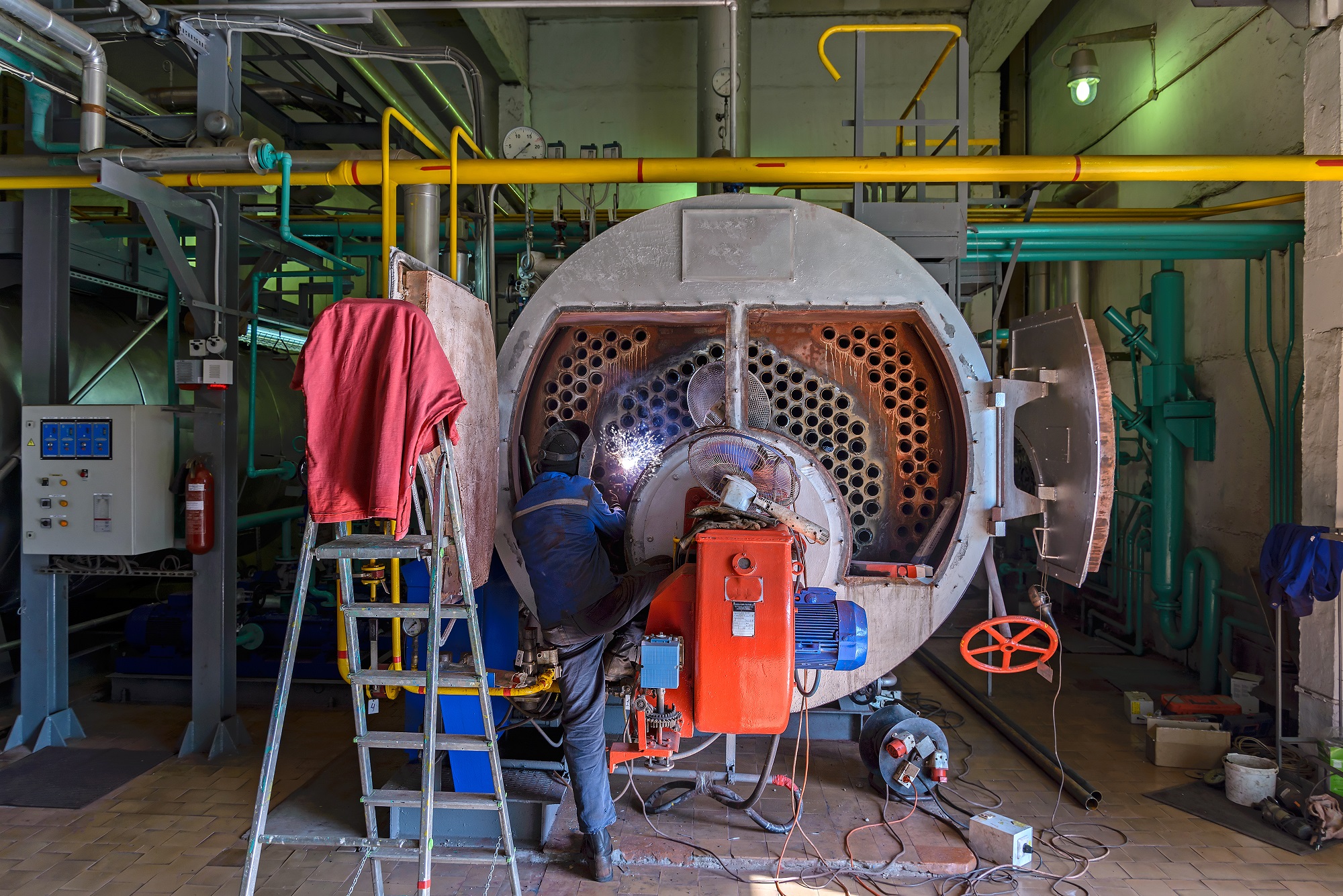Imagine not being told what type of metal you are welding. It happens.
If your work involves carrying out shop welds or repairing machinery and structures in the field how would you go about trying to work out what type and grade of metal you’re working with?
Our biggest tip. If you don’t know what it is, don’t try to weld it.
Extreme but true, as it could result in critical parts failing and causing injury or worse still, death. A big enough reason that material identification is necessary to know what and how you are going to weld.
Positive Material Identification
If you are reading this you know that welding on some metals using inappropriate welding procedures could possibly cause defects in the base metal, the weld, or both.
Material identification, characterisation and verification are essential for businesses to ensure their materials or products have been manufactured to the correct alloy grade and conform to national or international codes and standards.
For Repair welding you may not need that. Getting an idea of the family of metals may be sufficient to do an acceptable job.
What metal is it?
I am sure you are often asked to weld an unidentified material. So if you can narrow down the possibilities using a basic evaluation what else would you do?
As a welder you could take a look at the surface of the material and see how heavy it is. From looking you should be able to put the material into the broad categories; carbon or low-alloy ferrous material, stainless steel or nickel alloy, or aluminium alloy.
Important clues can be found if you evaluating the area where you’ll need to make a weld. Can you see if the part was welded during the original manufacture? This is a good if not the best indicator that the material is weldable. But check carefully for evidence to see if a welding repair has been attempted. If repairs have failed before, this is a red flag (danger) So be very sure of what you are working with before attempting a new repair.
Asking questions is key to safety and results. A piece of equipment that needs a weld repair should have a nameplate on it. Call the original manufacturer to ask what material was used as they will probably keep records and use the same grade of material each time. For example, handrails typically are made using aluminium grade 6061. Still struggling to find out? Do a little research on materials commonly used to make certain items. It could help you narrow down your options.

You might be able to get some very good information on the material from the machinists. If they machined new material, the machinist may know exactly what it is or find out from traceable records. It might be possible to estimate the hardness of a steel based on the feed rate and speed used in the machining process.
Chips
Avoid welding steels that produce small chips, as these are likely to be a free machining grade that is prone to hot cracking when welded. Carry out spark testing on steel and cast iron. This could give you a general idea on how much carbon the material contains. Chemical spot testing can also determine if specific alloying elements are present.
Some of the best information to help identify the material grade could be done by chemical analysis. There are numerous companies that will carry this out for you. Submit either machining chips from the material for analysis or remove a small piece 25mm square. Chemical analysis of metals is available from most testing labs and in many cases costs far less than and claims from injury or defects. Chemical analysis of metals is used for a wide variety of purposes and can help companies with their manufacturing quality control, reverse engineering and failure investigations.
Earn the respect of your customer who should be more than happy to pay for tests so that you get it right first time.
Spending some time and a bit of money to get a very good idea of what material you will be welding is important if you want to make a repair that is safe and will last.

Still learning your trade as a welder?
The major brands of welding equipment have pages of resources for you to educate yourself.
- ESAB have a KNOWLEDGE resource centre which includes choosing the correct welding consumables, shielding the weld and guidelines in welding.
- A wealth of Education Solutions from Lincoln Electric for schools, community, and programs and also a Resources Centre with loads of Application stories and welding projects.
- Welding Wiki is the technology take by Fronius. The welding encyclopaedia for every welder. What is your Challenge?
Here is a list of metals that can be welded (in alphabetical order) not listed by easiest or hardest!
Aluminium
Skill Level: Aluminium of the hardest metals to weld because of its properties and the type of equipment you may need to weld it.
Brass
Skill Level: Brass can be harder to weld depending on the type you’re welding.
Bronze
Skill Level: Bronze is a harder metal to weld and requires a hotter weld.
Cast Iron
Skill Level: Cast Iron tends to be a very hard metal to weld and may require you to heat the metal up prior to welding. Stick welding tends to be the best option to weld stainless.
Copper
Skill Level: Not an easy metal to weld and is typically done by soldering or brazing.
Galvanized Metal
Skill Level: Not a hard metal to weld but the gas it produces from the zinc coating can be very dangerous and harmful.
Mild Steel
Skill Level: A36 mild steel is the most common and easiest type of metal to weld.
Nickel
Skill Level: Welds easy and similar to stainless steel. When welding nickel, you can use arc welding, MIG, or TIG for a good weld. Nickel welds quite similarly to stainless steel.
Stainless Steel
Skill Level: 304 grade stainless tends to weld fairly easy but has a tendency to wrap if it gets too hot.
Titanium
Skill Level: Can be harder to weld. Titanium is described as a hard metal to weld but if you just understand your tools and metals, it’s really not so bad.

